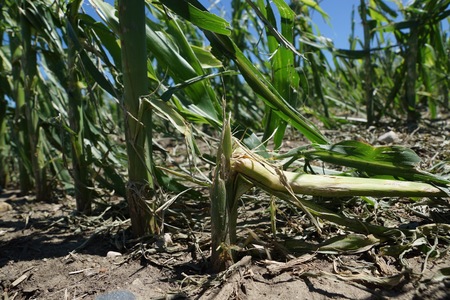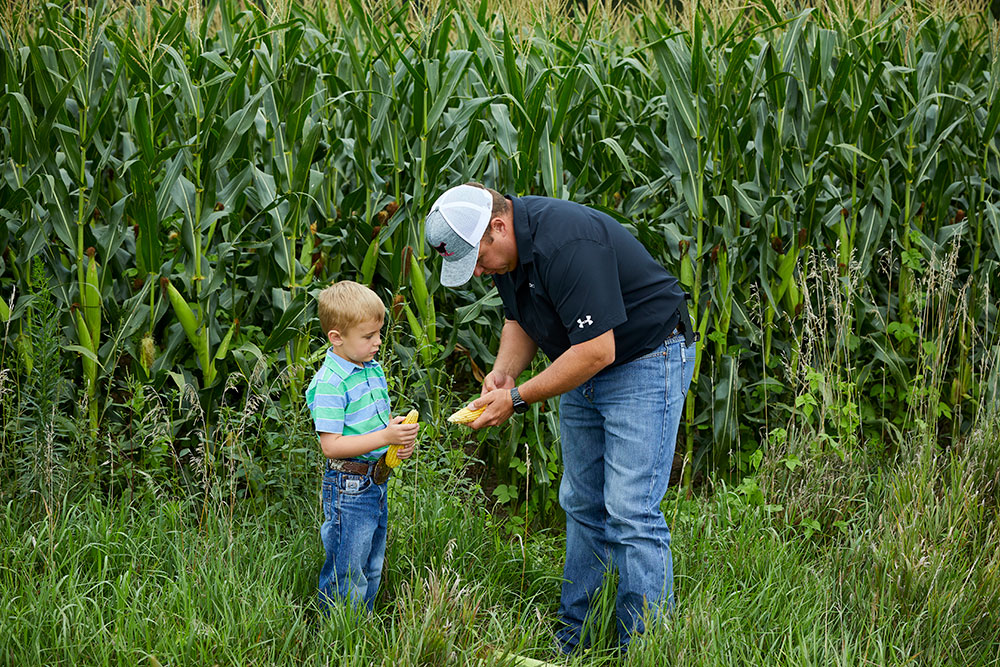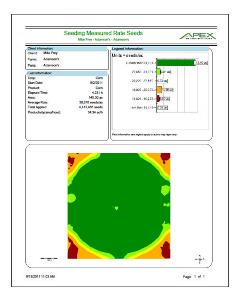Mega Menu
Mega menu is possible in BS5 but we will need to create a custom template layout for the navigation widget. The following is a hard-coded example.

Font Awesome 6
FA6+ icons will work on all widgets.
The FMH Icon box will need a new version created because the styling is broken in Bootstrap 5 templates (this has nothing to do with FA).
FMH Icon Widget
Icons can now be used in Content blocks by pasting the HTML tags from www.fontawesome.com into the HTML editor.
Here are some new icons from Font Awesome 6
face-awesome
envelopes
wheat-awn
Bootstrap Components
Code snippits from http://getbootstrap.com pasted into Content Blocks.
h1. Bootstrap heading
h2. Bootstrap heading
h3. Bootstrap heading
h4. Bootstrap heading
h5. Bootstrap heading
h6. Bootstrap heading
Nav Tabs
Nav Pills
Accordion
.accordion-body, though the transition does limit overflow.
.accordion-body, though the transition does limit overflow.
.accordion-body, though the transition does limit overflow.
Tables
| # | First | Last | Handle |
|---|---|---|---|
| 1 | Mark | Otto | @mdo |
| 2 | Jacob | Thornton | @fat |
| 3 | Larry the Bird | ||
Alerts
Image Carousel
Modals
Sitefinity Widgets
Default, out of the box, Bootstrap 5 templates available for widgets.
The navigation template used above is called Horizontal.
Navigation Widget - Tabs Template
Navigation Widget - Pills Template
Breadcrumb


List Widget - Expandable List Template
Precision Claims FAQs
List Widget - Simple List Template
Crop Claims Reminders
-
How To Report MPCI Claims
-
MPCI Claim Reporting Deadlines
-
Appraisals
-
Production Records by Unit
-
Production Delivered to a Commercial Elevator
-
Production From Precision Farming Technology Systems
-
Production Weighed and Farm Stored
-
Authorization for Load Records, Storage Structure Marking, or Combine Monitor Records
-
Fed Production
-
Quality Adjustment
-
What is a Simplified Claim?
-
What can insureds do to expedite the claim process?
List Widget - Anchor List Template
Quality Control Review FAQ
- What can an Insured do to prepare for a review?
- What can Agents do to prepare for a review?
- How does the review process begin?
Quality Control Review FAQ
What can an Insured do to prepare for a review?
Third party documentation (i.e. summary/settlement sheets from the elevator) is required when applicable and available. Insureds are expected to have available hard copy records that will 1) support the total production raised for the crop/county/year being reviewed and 2) that can demonstrate how production was kept separate between various units, practices and types (if applicable).
Insureds will also want make themselves available to meet with the quality control reviewer as the reviews will need to be completed before the claims can be processed.
What can Agents do to prepare for a review?
How does the review process begin?
Documents List - Documents List Template
Documents List - Documents List Template
| Title | Type | Size | |
| 602 KB | DownloadFMHQ Release 2 Guide | ||
| 405 KB | DownloadWFRP Checklist for Agents 2026 | ||
| 504 KB | DownloadWFRP Policy Provisions 2026 | ||
| 3231 KB | DownloadWFRP Handbook 2026 | ||
| 203 KB | DownloadECO_MCO_SCO_Coverage Comparison Flyer |
News Widget - News List Template
News list template is the only template available by default.
Precision Saves Time in Native Sod Claim
FMH Adjuster Jerry Krosbakken shaved about 15 hours off a claim adjustment this past fall by using FMH Precision Crop Insurance Solutions™. Additionally, he was able to reduce his number of meetings with the insured to just one face-to-face appointment, a significant advantage during a pandemic.
When Krosbakken received the contract summary for a North Dakota policy, it looked like the standard soybean production loss report. The loss triggered a claim for both the insured’s MPCI policy and RAMP policy – and he noticed the policy was flagged as precision. Knowing this would be a precision claim, Krosbakken was able to start the adjustment process right away.
He started by pulling the planting and harvest maps from the FMH system. If an insured submits their precision data for acreage and production reporting, there is no need for the adjuster to request these records from the farmer – which saves time spent processing the claim.
He had also worked the prevent plant claim for this policy earlier in the year, so the acres were already verified. In his preparation, something stood out to him: new breaking ground. Since he hadn’t processed this unit type with precision before, he contacted FMH Precision Tech Specialist Branden Plummer for guidance.
“In this scenario, the farmer had native sod – new breaking ground – where the production needed to be kept separate for four years,” said Plummer.
 Plummer explained that by using the precision data, they were able to identify the bushels that applied to the new breaking ground, and easily and accurately reported this in the claim. “It did take a little bit of time, but definitely still a win for the insured that we had accurate records,” he said.
Plummer explained that by using the precision data, they were able to identify the bushels that applied to the new breaking ground, and easily and accurately reported this in the claim. “It did take a little bit of time, but definitely still a win for the insured that we had accurate records,” he said.
Krosbakken then used a copy of the farmer’s calibration report to verify the harvest data accuracy per RMA guidelines and was able to complete his part of the claim in just half a day. All he had left to do was meet with the insured to sign off on the claim.
“Something that usually would take me 20 hours all together only took me about 5 hours. I was able to do the entire claim without having to meet the farmer in person until it was time for the farmer to sign the claim,” he said. “It’s very nice to save that drive time.”
He explained that had he needed to use traditional records his process would have looked very different. “Traditionally, the insured might have his production in bins and at the elevator. So, he or I – with his permission – would have to get the assembly sheets from the elevator, and then I would have to measure the bins,” he said. “If I were lucky, he would have the production designations for each unit. More than likely it would be commingled.”
Krosbakken added how he might also need to request load records, which are usually handwritten notes varying in detail. After gathering all the paperwork, he would then need to put in hours of work allocating the production into the proper units by hand. And then make a second appointment with the farmer.
“This time was a lot faster – and safer,” he said. “Measuring bins isn’t fun. It could be 20 degrees and windy. Some old bins have a ladder but it’s not close to the ground so you’re having to lean a ladder against the bin ladder.”
By using precision data, Krosbakken only had to meet once with the insured to review the claim and obtain his signature – an appointment he said, “really only needs to be about 15 minutes.”
FMH Precision Solutions creates efficiencies for FMH adjusters, which not only saves time for the insured with less paperwork and fewer appointments but can also result in the insured receiving their payment even faster.
Blog Posts Widget - Blog Posts Lists Template
-
Reporting Acreage with FMH Precision Solutions
Many policyholders already collect precision ag data during planting. Put that data to work to report acreage for crop insurance with FMH Precision Solutions.Full story -
Prepping Your Customers for Planting with Precision
Help your farmers use the precision data they're already collecting to simplify planting and reporting this spring.Full story -
Q&A with an FMH Precision Tech Specialist
Learn how our expert staff supports agents getting started with Precision SolutionsFull story -
Traditional vs. Precision Claims: What Are the Differences?
Oct 16, 2023, 14:01 by Eric RicheLearn how Precision Solutions can lead to simplified claims and easier APH reviews for your customers.Full story -
See How Precision Solutions Saves Premium and Improves APH
See the difference with examples from our recent FieldView™ Partner Connect webinar.Full story



